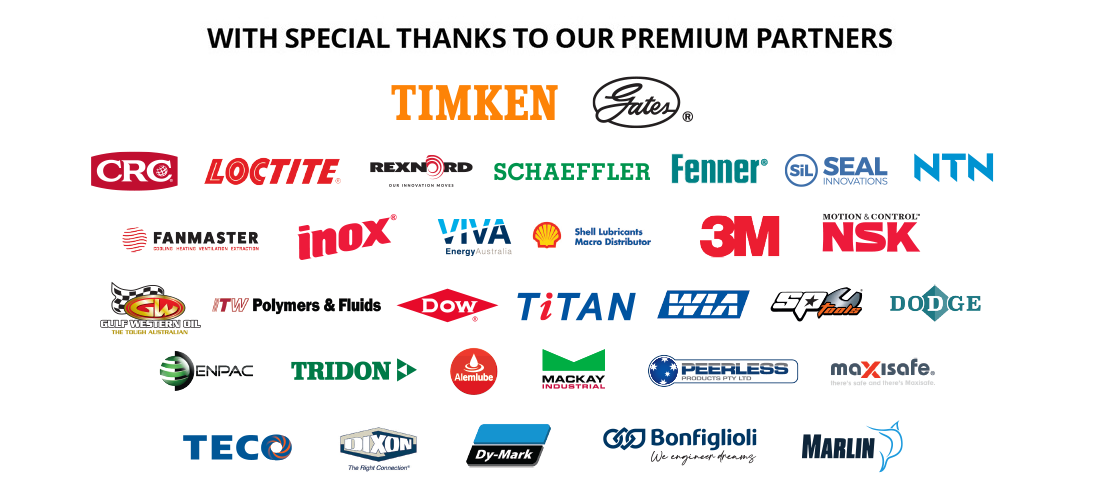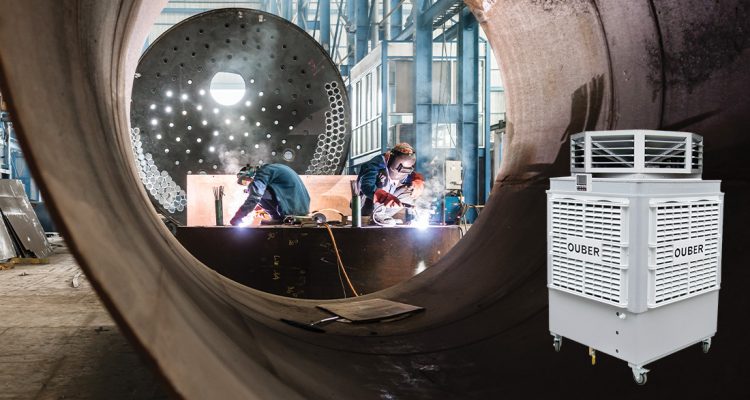Thermal comfort is an important part of providing a safe industrial work environment and boosting employee morale.
According to the New South Wales SafeWork website: ‘Thermal comfort’ describes a person’s state of mind in terms of whether they feel too hot or too cold.
And thermal comfort is not just a matter of temperature, there are a range of additional environmental and personal factors that determine a worker’s level of thermal comfort, according to BSC Product Manager David Malthouse, who is well-versed on the contributing factors to thermal comfort within an industrial workspace.
“Australian summers bring dry, arid, high-heat conditions across our country, particularly in the more remote regions,” says David.
“When we account for air temperature, humidity, radiant temperature from equipment, and other sources like windows; there are a lot of variables that can impact the thermal comfort of workers and reduce their ability to focus on their work,” he elaborates. “Hot conditions with little air flow can trigger stress on the body, induce perspiration, exhaustion, or worse, cause a heat-related illness.”
David advises that ensuring thermal control measures are put in place is essential to providing a safe and comfortable work environment, as well as taking steps to install the right cooling systems.
His go-to source for cooling systems is BSC’s premium partner Fanmaster; an Australian owned and operated industrial heating, cooling, and ventilation supplier for more than 21 years.
Troy Lopez, General Manager at Fanmaster, is an expert in keeping cool, in a manner of speaking, he is very knowledgeable about the best ways to integrate thermal comfort principles into an Occupational Health and Safety management plan.
Troy explains that there are several considerations when cooling an industrial workspace.
“To monitor indoor temperature effectively, a risk assessment needs to be performed and control measures put into place,” says Troy, “The number of workers and the level of physical exertion are factors, as well as the type of uniform and PPE workers wear.”
For hot summer weather, Troy recommends considering an evaporative cooler option for larger industrial environments as an alternative to air conditioning.
“Evaporative coolers are affordable to install and produce fewer emissions with none of the refrigerant gases AC units use to cool,” he explains.
Fanmaster’s OUBER cooler units are available as wall mounted or portable units — and according to Troy, are remarkably efficient.
“Our OUBER coolers use the natural process of evaporation to cool the air and therefore are well suited to dry and temperate climates where constant fresh air flow is needed,” he says.
Trying to cool an entire workshop can be difficult and very expensive at the best of times, especially when looking at traditional air conditioning.
“Most workshops have roller doors and open windows that allow the cold to escape and crank energy costs, whereas an evaporative cooler will keep a consistent cool air flow in a large open area in a most natural, energy efficient way,” says David. “Air conditioning generates emissions and so the evaporative coolers in general are gaining traction. People like that they are driven by electricity and reduce their carbon footprint.”
“At BSC, we sell quite a few of the OUBER coolers, particularly the Portable Cooler 170 and the 280—these units have been our two most popular products,” he adds, concluding—“Evaporative coolers are a modern take on technology that has been around for a while, but I expect to see them becoming even more popular than air conditioners in the future.”
Eddie the Engineer’s Hot Tips for cooling industrial spaces
• Monitor indoor temperature – According to SafeWork, this should be around 20-26 degrees for optimal thermal comfort
• Assess radiant heat sources from nearby machinery and equipment
• Account for physical work levels performed in the space
• Consider work uniforms and PPE which can lead to being too hot
• The size of the workspace
• The number of workers
• Regional climate conditions – ie: Queensland versus Western Australia
• Choose your units – Misting fans, evaporative coolers, and air conditioners are viable cooling options for industrial spaces

